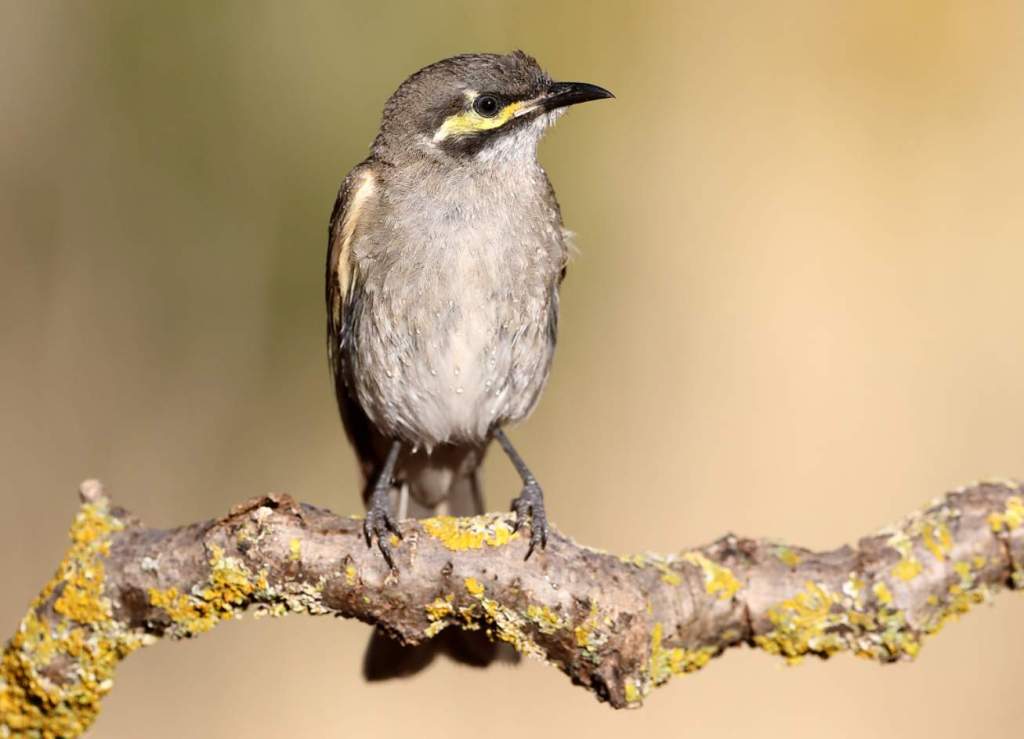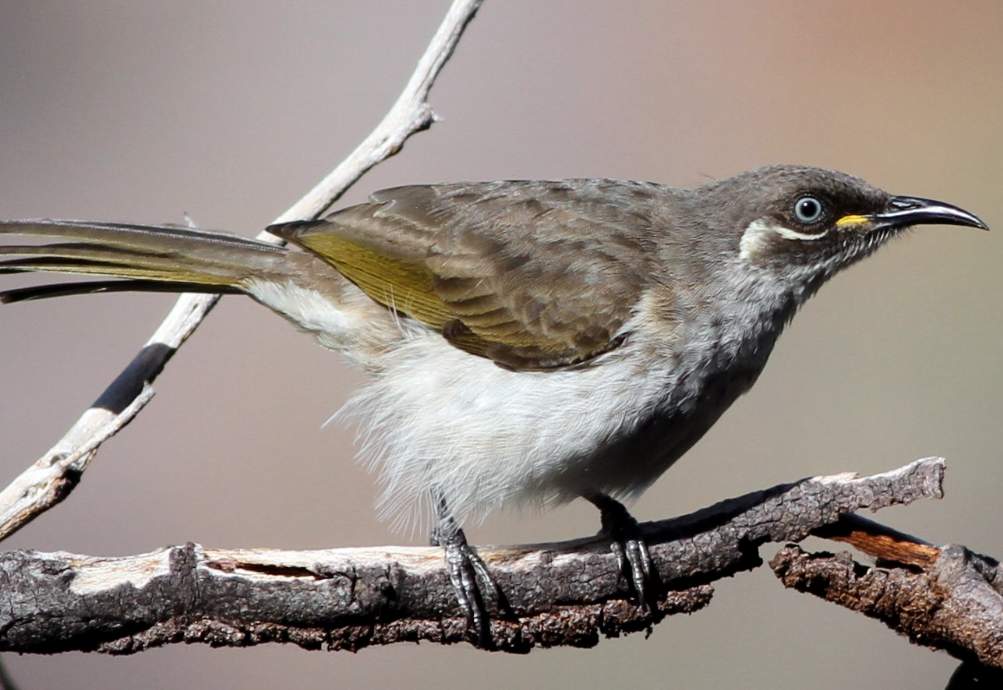Common Mynah in Australia: In 1862, the Common Mynah was introduced to Melbourne from Southeast Asia. In no time, the Common Mynah established itself and became the basis for releases elsewhere. Introduced to northeastern Queensland in 1883 for the purpose of controlling insects, they soon spread locally, reaching the Atherton Tableland.
By the 1940s and 1950s, releases covered metropolitan areas in Sydney, Toowoomba, and Brisbane. There were two Tasmanian releases, one in 1900 and another in 1955 at Launceston, both of which failed, as well as one in Adelaide in the late 1950s. It is in the central southern suburbs of Canberra, where the bird has been established since the late 1960s, that Canberra has fared better or worse.
Despite their popularity in urban centers along eastern Australia’s seaboard, mynahs have remained mainly in urban areas without spreading far into rural areas. It is common to find Mynahs scavenging in parks, gardens, and the streets of urban areas. As they wander, hop, and strut along, they poke into crevices and nooks on the ground, inside buildings, and in gutters, and eat almost anything: insects, scraps, fruit, and vegetables. Even fledgling sparrows caught and eaten by them, and they pick up seeds in market gardens.
Common Mynah perched on poles or rooftops, forage by day in scattered pairs or small family groups. At night, they gather under bridges, in dense trees, or inside the rooves of large, empty buildings to roost, creating serious nuisances. It breeds in holes and competes with native birds for nesting hollows on the edges of settlements with its mate for life.
During breeding, communal roosts decrease in size as birds disperse to nests and females take on incubating and brooding duties; small temporary roosts may even form. Due to the demands of food for nestlings and their own needs, the birds leave the roost earlier and return later. They fly directly and easily, and they flap their wings from one side to the other.
Indian Myna, Calcutta Myna, and Myna are other names for the bird. Common mynahs measure approximately 230–250 mm in length. There is no difference between the sexes. There is a green sheen to the head, neck, and throat of the mynas. The rest of the upper parts are fawn brown; the wings are duskier, with large white ovals conspicuous in flight. There is a white tip on the tail, which is dusky.
There is a lighter fawn brown color on the breast and flanks. White lines run from the center belly to the tail. Yellow eyes; bare patches of yellow skin around and behind. Yellow is the color of the bill and feet. Immature mynahs look duller and ragged.
The call of the common mynah is a mellow liquid note, followed by a harsh, scarier alarm. Mynahs sing loud o-kik, o-kik at roosts and perches, accompanied by raucous creaks, growls, and rattles.
Breeding and nesting take place mostly between October and March. The nest is untidy, made up of grasses, leaves, feathers, and rubbish placed in hollow tree limbs, holes in buildings, under bridges, or in dense vegetation. There are three to six eggs, usually four or five; they are glossy pale blue and oblong-oval in shape, about 31 x 22 mm in size. The female is primarily responsible for incubation.
From Mossman, Qld., to Ballarat, Vic., and some subcoastal centers, the bird is found in most cities and towns along the east coast. The natural range includes Turkestan, India, the Andaman Islands, Pakistan, and Sri Lanka. There are two races; one was introduced to Australia.







